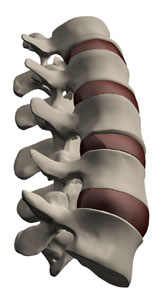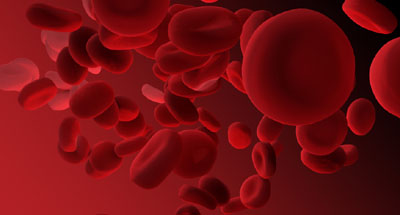Sydney Physiotherapy and the Management of Knee Replacement
The Summit Physiotherapy has assisted many patients who have had to have a knee reconstruction or knee replacement.
Background on Knee Replacement:
Major joint replacement is one of the success stories of the late twentieth century, providing the greatest changes in quality of life measurements of all medical treatments or operations. Total knee replacement has now developed from a less predictable operation to a routine procedure with good long-term results for severely osteo-arthritic joints. Populations in developed countries are rapidly getting older and total knee replacement is set to overtake total hip replacement as the most performed joint replacement.
Osteoarthritis is a degenerative joint condition which is more common the older a person becomes, and is the most prevalent joint condition in human populations. The most affected joints vary, with some people having spinal and finger changes whilst other suffer OA of the major joints such as the hips and the knees. Major joint disease is more disabling as it tends to compromise normal mobility and so reduce independence. The patient can suffer from loss of knee movement, reduction of knee power, grating and crunching of the joint and pain, for which weight loss, muscle strengthening, painkilling medication and physiotherapy can be useful. If normal therapies are not successful then knee replacement is the remaining option.
The osteoarthritic joint surfaces are precisely cut away in knee replacement and metal and plastic surfaces are substituted. These are:
- Femoral component. This is a steel alloy and replaces the arthritic end of the thigh bone.
- The tibial component, again of metal, replaces the flat top of the shin bone.
- Plastic insert. This is a high density polyethylene and reduces friction between the two main components.
- Patellar button. This is also plastic and replaces the back surfaces of the kneecap. If this is not replaced then persistent anterior knee pain can be a problem.
These components are placed in position using cement which acts more like a grout than an adhesive.
How the Summit’s team can assist you with Knee Management:
If you are a patient who requires this form of surgery, the Summit Physiotherapy are very qualified to assist you back to full health and mobility. We will compile an action plan post surgery to manage your way through the knee reconstruction/knee replacement process. Theo Kavieris has treated over 2,000 knees and is highly trained at patient recovery, where knee associated issues are concerned. Contact us on: admin@summitphysio.com.au or 02 9966 1347 to make a booking, we will take through the steps required to regain full health and joint mobility.
Accredited by all Health Funds, Workcover, and Veterans Affairs



